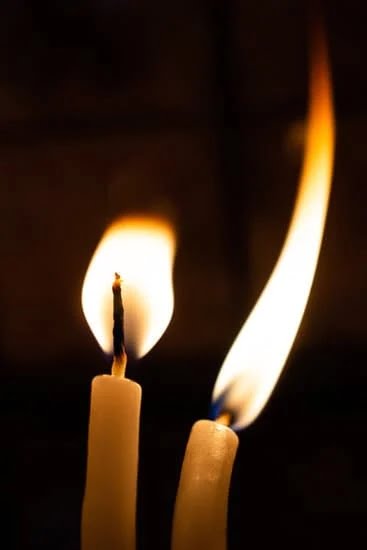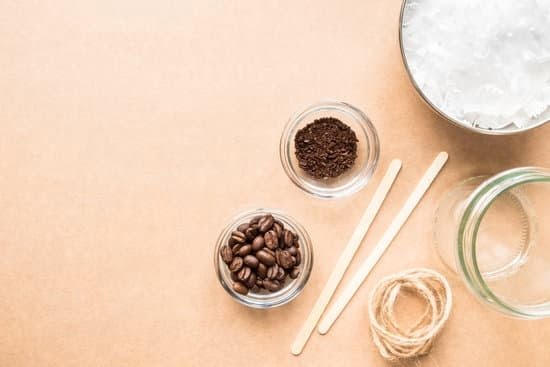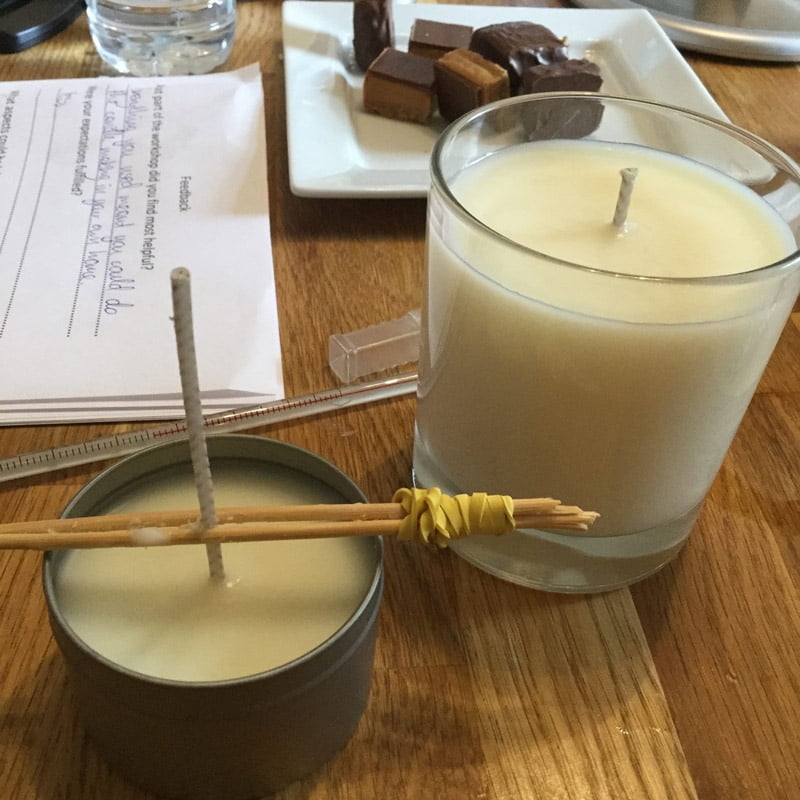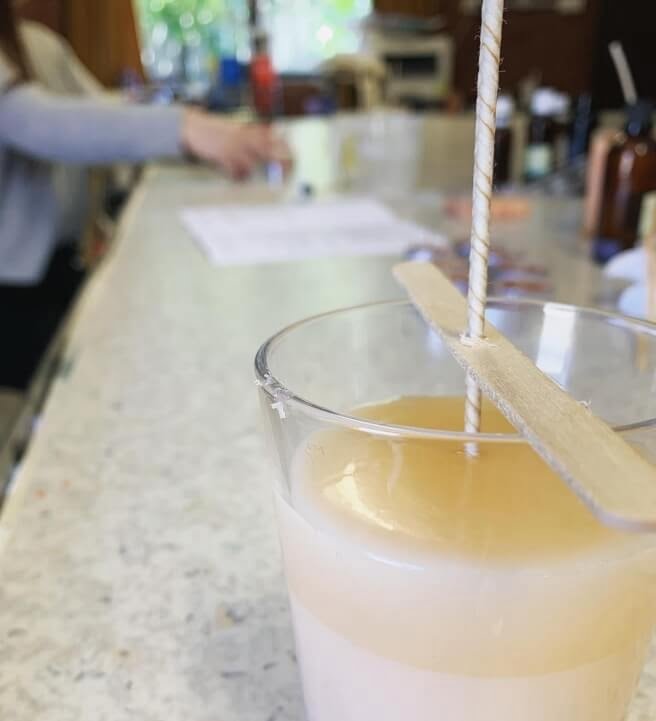When making your own candles, scenting them is an essential step to creating a personalized and inviting atmosphere in your living space. Whether you enjoy the calming aromas of lavender or the refreshing scent of citrus, choosing the right fragrance for your candles can greatly enhance your overall candle-making experience. In this article, we will explore the importance of scent in candles and the benefits of making your own scented candles from scratch.
The sense of smell is powerful and can evoke emotions, memories, and create a soothing ambiance in any room. By understanding how to properly scent your candles, you can create a unique and personalized sensory experience that reflects your individual taste and style. From selecting the perfect fragrance to blending it with the right wax, this article will guide you through each step of the process to ensure that your homemade candles are beautifully scented every time.
In addition to enjoying custom scents that cater to your preferences, making your own scented candles also offers various benefits. It allows you to control the ingredients used, ensuring that they are safe and natural. You also have the freedom to experiment with different fragrances and customize the intensity of each scent according to your preference.
With this comprehensive guide, you will learn everything you need to know about crafting beautifully scented candles from start to finish. So let’s dive into the world of candle-making and discover how you can scent them to perfection.
Choosing the Right Wax
When making your own candles, choosing the right wax is crucial in determining the final scent and overall quality of your homemade candles. There are various types of wax available for candle making, each with its own unique characteristics that can influence the scent throw and burning performance of the candle. Here are some popular options to consider:
- Paraffin Wax: This type of wax is widely used in candle making due to its affordability and ability to hold a strong scent. However, paraffin wax is derived from petroleum, which may not be suitable for those seeking natural or eco-friendly options.
- Soy Wax: Made from soybean oil, soy wax is a renewable and biodegradable alternative to paraffin wax. It has a lower melting point and can hold fragrance well, resulting in a clean and long-lasting burn.
- Beeswax: Known for its natural honey-like aroma, beeswax is a popular choice for those looking for a subtle and sweet scent in their candles. It also has natural air-purifying properties and a longer burn time compared to other waxes.
- Coconut Wax: Derived from coconut oil, this type of wax has excellent scent throw and provides a clean burn with minimal soot. Coconut wax is also known for its ability to hold a high volume of fragrance oil, resulting in strong and long-lasting scented candles.
When it comes to choosing the right wax for your homemade candles, it’s important to consider not only the scent throw but also factors such as burn time, eco-friendliness, and personal preferences. By understanding the characteristics of different waxes, you can make an informed decision that will ultimately enhance the overall scent experience of your homemade candles.
Properly Scenting Your Candles:
Once you have chosen the right wax for your candles, the next step is properly scenting them to achieve the desired fragrance strength and longevity. Here’s how you can effectively add fragrance to your homemade candles:
- Determine the appropriate amount of fragrance oil or essential oil based on the type and quantity of wax being used. A general rule of thumb is 1 ounce of fragrance oil per 1 pound of wax, but this can vary depending on personal preference and the specific scent being used.
- When using essential oils, be mindful of their potency as they tend to be more concentrated than synthetic fragrances. A smaller amount may be needed to achieve the desired level of scent without overpowering or altering the natural aroma.
- Carefully measure and mix the fragrance oil into the melted wax at the recommended pouring temperature specified by the manufacturer. Thoroughly stir the mixture to ensure even distribution of the scent throughout the entire candle.
- To test the strength of your scented candles before pouring them into containers, dip a cotton swab into a small amount of melted scented wax and allow it to cool. This will give you an idea of how potent the fragrance will be when burned.
By following these steps when making your own scented candles how can you best avoid common issues when it comes to adding fragrance oils or essential oils?
5.Not allowing sufficient curing time – Allowing scented candles adequate time (usually 24-48 hours) to cure after pouring will help ensure that they develop a full aroma once lit.
By following these guidelines when selecting your preferred wax type and properly measuring/scentsing ingredients while avoiding common errors during warming/pouring process will guarantee perfect DIY-candles outcomes.
Selecting the Perfect Fragrance
When making your own candles, one of the most important aspects to consider is the fragrance. The choice of scent can greatly influence the mood and ambiance of a space, making it important to select the perfect fragrance for your homemade candles. There are various options available for candle making, including essential oils and synthetic fragrances, each with its own benefits and considerations.
Essential oils are popular choices for those looking for natural and pure scents in their candles. These oils are derived from natural sources such as plants, flowers, and fruits, giving them a unique and authentic aroma. Some common essential oils used in candle making include lavender, citrus, eucalyptus, and vanilla. It is essential to note that essential oils may have different properties when heated, so it’s crucial to research their burn characteristics before using them in candles.
On the other hand, synthetic fragrances offer a wide range of options and more consistent scents compared to essential oils. These fragrances are created using a combination of natural and synthetic compounds to replicate specific scents such as ocean breeze or fresh linen. When using synthetic fragrances in candle making, it is important to ensure that they are specifically formulated for use in candles to achieve optimal results.
Another option for adding fragrance to your homemade candles is through the use of fragrance oils specifically designed for candle-making purposes. These oils are specially formulated to disperse well throughout the wax and provide a strong scent throw when the candle is lit. Whether you choose essential oils or synthetic fragrances, it’s important to consider factors such as safety, sustainability, and personal preference when selecting the perfect fragrance for your homemade candles.
Proper Measurement
When making your own candles, it’s essential to properly measure and scent them in order to achieve the best results. The right measurement and scent distribution will ensure that your candles not only look great but also smell amazing when burned. Here’s a detailed guide on how to properly measure and scent your candles for the best results:
- Use a reliable scale: To ensure accuracy in measuring your wax and fragrance, invest in a digital kitchen scale. This will help you get precise measurements for consistent results.
- Calculate the fragrance load: The recommended fragrance load is typically 6-10% of the total wax weight. For example, if you are using 1 pound of wax, you should use between 0.6 to 1 ounce of fragrance oil.
- Choose the right measurement units: Depending on your recipe or fragrance supplier’s recommendations, you may need to measure your fragrance oils in ounces or milliliters. Be sure to convert measurements accurately if necessary.
Once you have calculated the appropriate amount of fragrance oil based on the wax weight, carefully pour it into the melted wax and stir thoroughly to ensure an even distribution of scent throughout the candle. By following these proper measurement techniques, you can guarantee that your candles will have a consistent and enjoyable scent every time they are lit.
If you’re wondering how can you scent your own candles effectively, remember to always follow proper guidelines for calculating and measuring fragrances based on wax weight for optimal performance and safety. It’s important to achieve the perfect balance between wax and fragrance for well-scented candles that will delight your senses.
Mixing and Blending
When making your own candles, scenting them is an important part of the process to create a pleasant and inviting atmosphere in your home. There are several ways to scent your homemade candles, whether using essential oils or synthetic fragrances. Understanding the different options can help you choose the perfect fragrance for your candles.
One way to scent your own candles is by using essential oils, which are derived from natural sources such as flowers, herbs, and fruits. Essential oils offer a variety of scents and also have potential aromatherapy benefits. Another option is synthetic fragrances, which are created in a lab to mimic specific scents. These can provide a wide range of fragrances that may not be available with essential oils.
When choosing a fragrance for your homemade candles, it’s important to consider the strength of the scent and how it will interact with the wax. Some fragrances are stronger than others, so you’ll need to adjust the amount used based on personal preference and the type of wax being used. It’s also important to consider how well the fragrance will blend with the wax for even distribution throughout the candle.
Ultimately, when making your own candles and scenting them, there are numerous options to consider. Whether using essential oils or synthetic fragrances, understanding how they interact with different types of wax can help you achieve the perfect scented candle for any occasion.
| Types of Fragrance | Sourcing |
|---|---|
| Essential Oils | Natural sources such as flowers, herbs, fruits |
| Synthetic Fragrances | Laboratory-created scents |
Heating and Pouring
Scenting your homemade candles is a crucial step in the candle-making process. The right scent can enhance the overall ambiance and mood of any space, making it important to pay attention to how you scent your candles. Here, we will discuss the step-by-step instructions on how to heat the wax and add the scent before pouring it into the container.
Heating the Wax
Before adding the scent to your candles, it’s essential to properly heat the wax. This can be done by using a double boiler or a dedicated wax melter. It’s important to heat the wax slowly and evenly to avoid burning or overheating. Only once the wax has reached its optimal temperature should you move on to adding the scent.
Adding the Scent
When making your own candles, how can you scent them? One of the most popular methods is through using fragrance oils or essential oils. When adding these scents, it’s crucial to do so at just the right temperature – typically around 185°F for most waxes. Be sure to follow specific manufacturer recommendations for each type of fragrance oil or essential oil being used.
Pouring Into the Container
Once your wax is heated and scented, carefully pour it into your chosen candle container. It’s important to pour slowly and steadily to avoid spills or air bubbles in your finished candle. After pouring, allow sufficient time for the wax to cool and set before trimming the wick and lighting your new, beautifully scented candle.
Curing and Testing
Allowing your candles to cure is a crucial step in the candle-making process. During the curing phase, the wax and fragrance blend fully, resulting in a better scent throw and overall quality of the candle. Properly allowing your candles to cure can make a significant difference in the strength and longevity of the scent.
After pouring the scented wax into the container, it is recommended to let them sit undisturbed for at least 24 hours. This allows the wax to cool and harden, creating a solid foundation for the fragrance to infuse with the wax. For optimal results, some candle makers prefer to wait 3-7 days before testing their cured candles.
Testing the scent throw is an important part of ensuring your homemade candles are successful. The best way to test this is by lighting your cured candle in a well-ventilated room and observing how far the scent travels. If you find that it’s not strong enough, you can experiment with adding more fragrance oil during your next batch.
| Importance of Allowing Candles to Cure | Proper Testing of Scent Throw |
|---|---|
| Allows wax and fragrance blend fully | Lighting cured candle in well-ventilated room |
| Results in better scent throw and overall quality | Observing how far scent travels |
| Recommended to let candles sit undisturbed for at least 24 hours or longer | If not strong enough, add more fragrance oil during next batch |
Troubleshooting
Scent Not Strong Enough
One common issue when scenting candles is that the fragrance may not be strong enough. This can happen if the fragrance oil is not added in the right proportion to the wax. To solve this issue, it’s important to follow proper measurement guidelines and ensure that the ratio of fragrance oil to wax is accurate. Additionally, using high-quality fragrance oils and allowing the candles to cure for a longer period can help enhance the scent throw.
Uneven Scent Distribution
Another problem that candle makers may encounter is uneven scent distribution, where some parts of the candle have a stronger scent than others. This can occur if the fragrance oil is not thoroughly mixed into the melted wax. To address this issue, it’s crucial to mix and blend the wax and fragrance oil thoroughly before pouring it into the container. Stirring continuously and evenly can help ensure that the scent is distributed evenly throughout the candle.
Scent Discoloration or Alteration
At times, candle makers may notice that certain fragrances cause discoloration or alteration in the appearance of their candles. This can be due to using low-quality fragrance oils or improper handling of fragrances during the candle making process. To avoid this issue, it’s essential to use high-quality, skin-safe fragrance oils that are specifically designed for candle making. Additionally, following proper heating and pouring techniques can help prevent any discoloration or alteration in the scent.
Conclusion
In conclusion, making your own scented candles can be a rewarding and enjoyable experience. Not only do you have the opportunity to create unique and personalized fragrances, but you also have the satisfaction of knowing that you made them yourself. The process of choosing the right wax, selecting the perfect fragrance, properly measuring, mixing and blending, heating and pouring, curing and testing, and troubleshooting any issues along the way can all contribute to a fulfilling hobby.
Experimenting with different scents can add an extra layer of creativity to your candle making process. Whether it’s using essential oils or synthetic fragrances, there are countless options to choose from when it comes to creating the perfect scent for your candles. By taking the time to explore different combinations and techniques, you can develop a signature scent that truly reflects your personal style and preferences.
As you continue on your candle making journey, don’t be afraid to think outside the box and try new things. With proper research and experimentation, you may discover innovative ways to incorporate unique scents into your candles that set them apart from store-bought options. Embrace the process and enjoy the art of crafting beautifully scented candles that bring warmth and ambiance into any space.
Frequently Asked Questions
How Do You Scent Homemade Candles?
Scenting homemade candles can be done by adding fragrance oils or essential oils to the melted wax before pouring it into the candle container. The amount of scent to add will depend on the type of wax and the size of the candle, so it’s important to follow a recipe or guidelines provided by the fragrance oil manufacturer.
How Do I Make My Homemade Candles Smell Stronger?
To make homemade candles smell stronger, you can increase the amount of fragrance oil or essential oil used in the candle-making process. It’s also important to ensure that the scent is evenly distributed throughout the wax by stirring it well before pouring.
Using high-quality fragrance oils or essential oils can also help enhance the strength of the scent.
Why Can’t I Smell My Homemade Candles?
If you can’t smell your homemade candles, it could be due to several reasons. One possible reason is that the scent throw of the fragrance oil or essential oil used may not be strong enough for the type and size of candle being made.
Other reasons could include using old or low-quality fragrance oils, underestimating how much scent is needed, or not allowing enough time for the scent to cure in the candle before burning it.

Welcome to my candle making blog! In this blog, I will be sharing my tips and tricks for making candles. I will also be sharing some of my favorite recipes.





